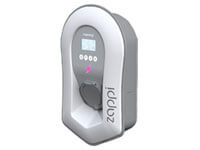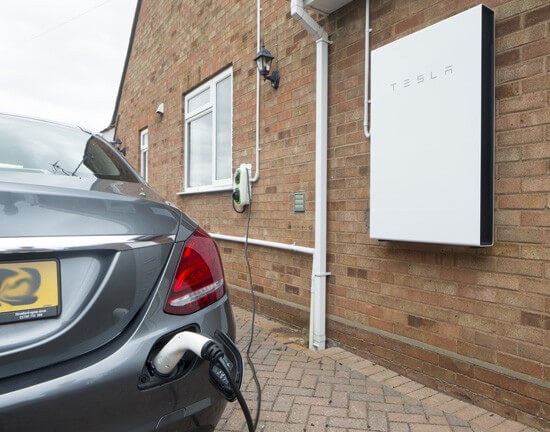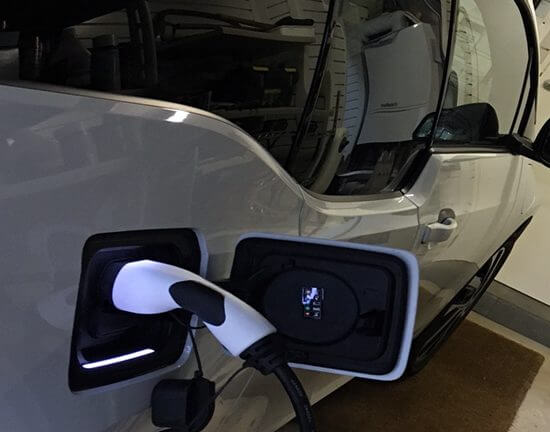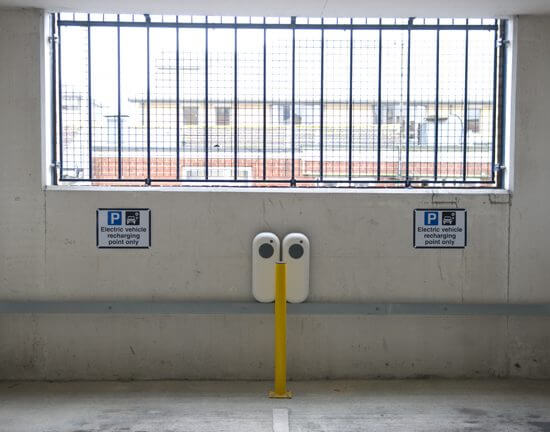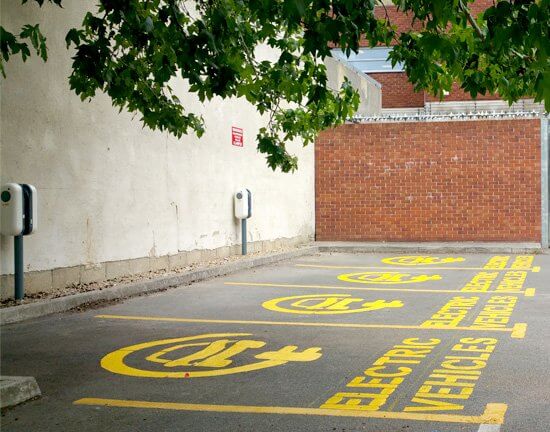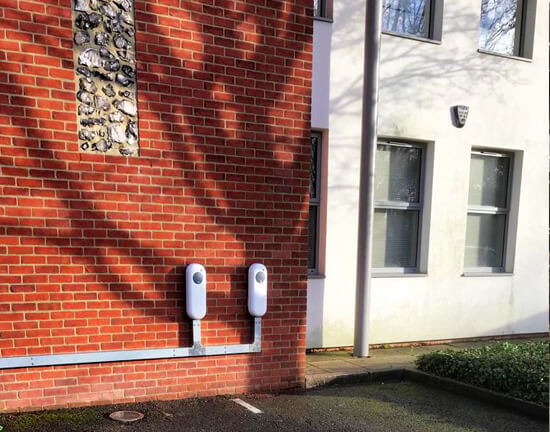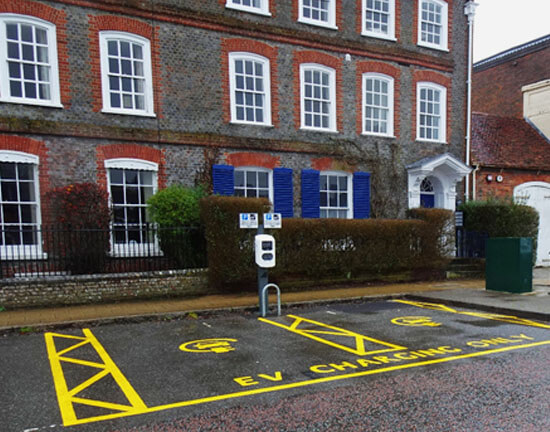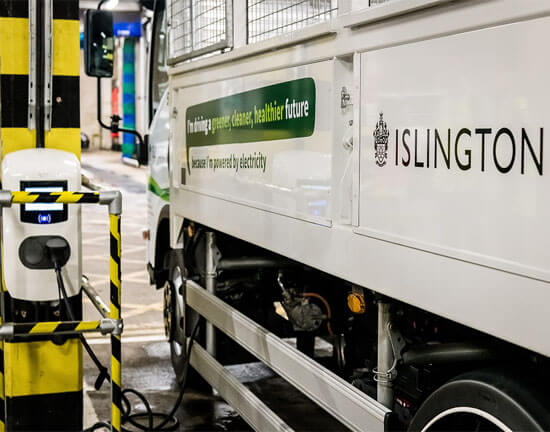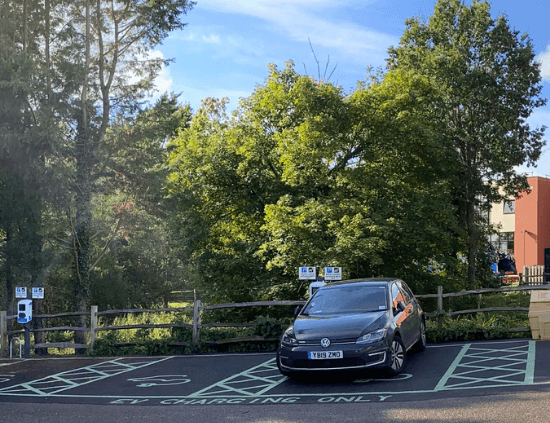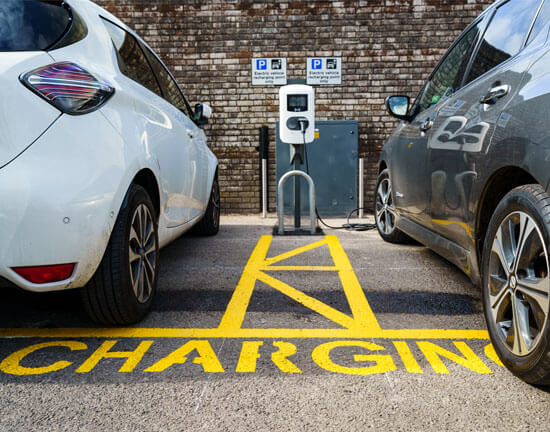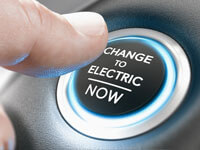Go all-electric by installing an EV chargepoint alongside solar and batteries

Electric Car Charging at Home
Go all-electric with a Home EV Charger
As homeowners look for ways to reduce their carbon footprint, we are seeing a shift away from direct burning of fossil fuels by individuals. This is leading to two key trends – the all-electric home, and electrification of transport.
If you’re considering getting an electric car, then you’re going to need an electric car charging point at home. We expect to see the majority of electric car charging to be carried out at home, as it is most convenient, with smaller top-ups at workplace charge stations and public charging stations. There are a number of things you will want to consider when choosing an ev charging point, which we explain below.
Joju install EV charge points alongside our solar and battery installations, so you can start the switch to electric in one easy step. A combination of solar panels, batteries and EV charging gives you renewable generation, storage and electric mobility – a real low-carbon lifestyle change! We are not tied to any particular manufacturer and we offer a range of products to suit everyone’s needs.
If you’re just after a car charger on its own, we recommend you contact local electrical contractors to install for you. But we’ve got some great advice about choosing the right EV charger, so do read on below.
Go all-electric!
Smooth purchasing and installation
Wall or post mounted options
7kW fast charging for optimal convenience
You can even run your car on sunshine
Officially the UK’s best
charge point installers

Installer of the Year
The Zappi
Our most popular chargepoint offering is a little different! The Zappi charger diverts excess solar energy from PV roofs directly into the battery of your car, allowing you to fill your tank with sunshine! The Zappi has 3 modes – Eco+ (solar charging), Eco (Standard 3.6kW slow charge) and Fast (7kw fast charge), and you simply choose how to charge when you plug in.
We talk more extensively about how to set up your home to allow you to run your car on sunshine in this dedicated web piece.
The Zappi Charger
The Zappi charger is the essential link between producing your own electricity, and using it to drive.
Tesla Wallbox v3
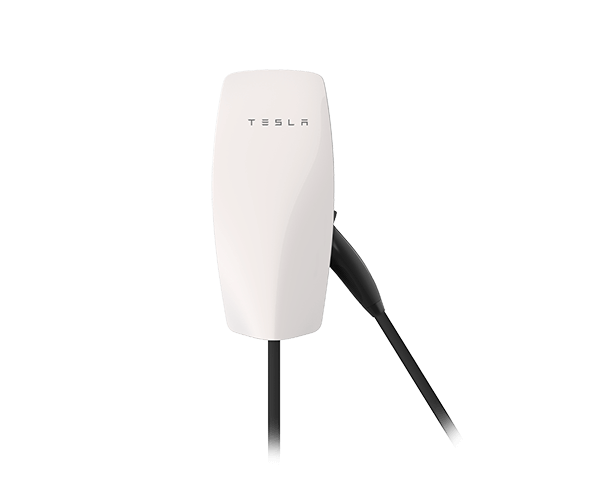
The Tesla Wallbox is the most popular charger for those who have purchased Tesla cars. It is a sleek design covered in tempered glass with the usual high levels of Tesla aesthetic design. The unit measures just 345 x 155 x 110 mm.
It offers 7kW of charge single phase or 22kW on three phase supplies. The Tesla Wallbox can be wall or post-mounted and comes with a 7m charging cable. All versions come with a 3 year product warranty.
Charging can be monitored by the Tesla app, which also integrates data from the Tesla Powerwall, so you can see all your energy data in one place.
EO Mini Pro 2
Our entry level chargepoint is the EO Mini Pro 2 home charger, made by British manufacturer, EO. It is available as a 3.6kW or 7 kW version, and comes with either tethered or untethered cables.
The units are incredibly small and discrete, measuring 215x 140 x 1oo mm and are available in black, white, grey or blue.
The EO Mini Pro2 is perfect you’re after a simple, low-cost charging option for your EV.

Buying your Home EV Charger
We want to make purchasing your home EV charger as simple as possible, whilst also ensuring the highest possible technical standards. Installing an EV charger alongside your solar and storage project makes sense – it minimises cost and disruption by electrifying your home in one go.
Simply check the EV charge point tick box when you fill out our enquiry form. Your solar project manager will pick up that you want a charge point as well, and will send you pricing and further information as part of our design service. When we come to survey, our engineers will check your fuseboard and chosen EV charge point location to confirm that the electrics in your home are suitable. We’ll capture all the technical information we need in one go.
After survey, we’ll then confirm the final price and book in your installation. It really is as simple as that.
Technical Considerations
There are a few technical issues that you should consider before buying your home EV charge point.
Tethered or untethered?
You will need to consider whether to get a tethered or an untethered charger. A tethered ev home charger has the charging cable integrated into the chargepoint itself. By contrast, an untethered cable is loose at both ends and is usually stored within the boot of the car and can also be used for charging when out and about.
It’s really a matter of personal preference – would you find getting a cable out of the car every time you charge an inconvenience? If so, get a tehtered charge point. But remember – you will need a cable in your car anyway for charging on the go.
Type 1 or Type 2
It is also important to ensure you have the right cable to fit your car. The majority of car sockets are either Type 1 or Type 2. Type 1 is a 5 pin socket capable of charging single phase at 3.6 or 7 kW. Type 2 is a 7 pin socket and can be used to charge at 3.6, 7 or 22kW (3-phase). As part of the survey process we ask you to tell us what car you own, so we can make sure you get the right cable.
Wall-mounted or post mounted
All of our charge points can be mounted on the wall (in a garage, or discretely on the front of your house) or on a standalone post (perhaps on a driveway, for convenient charging). Once again, it’s a matter of personal preference – just let us know where you would like your charge point located in the survey form.
Further Information about EV charge points
EV Charging
If you’re interested in the basics of switching to electric vehicles check out our EV info base.
Charge point grants
Grants are available for some types of home EV charge point installations. See our grants page for the latest on Government funding.
Run your car on sunshine
There are two different ways to use solar energy to run your car, depnding whether you are parked at home during the day.
EV Facts and Figures
Find out how switching to EV can benefit you on our EV Facts and Figures page.



